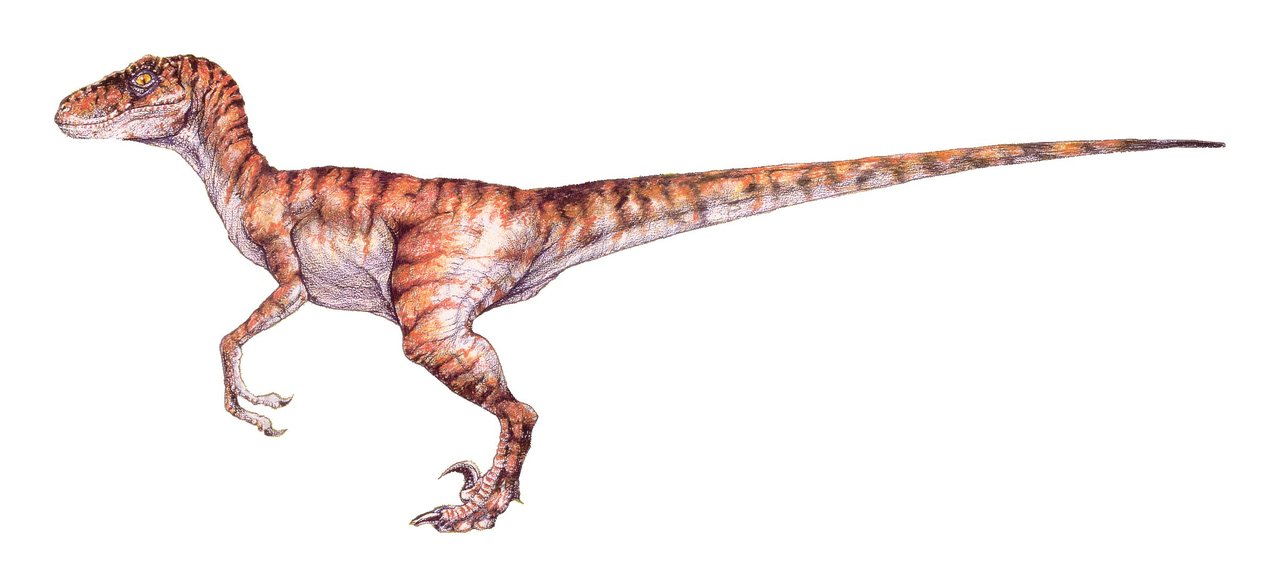
Velociraptors are represented by the genus
Velociraptor ("speedy predator"), which is one
of a group of human-sized theropods or carnivorous
dinosaurs that existed during the Cretaceous
in North America and Asia. Theropods include all
dinosaurian carnivores and are allied to the sauropods,
very large, long-necked herbivores, in a major
group of dinosaurs called the Saurischia. These
dinosaurs are all characterized by the forward
projection of the pubis, which separates them
from the other major group, the Ornithischia, in
which the pubis is directed backward. Velociraptors
are most closely related to a group of similar
predators that includes the dromaeosaur
Deinonychus, which is extremely well known from
articulated skeletons found in Montana andWyoming,
described by Yale University's John Ostrom
in the late 1960's and early 1970's. One result of
cladistic analysis of the relationships of this group
is that they have been shown to be the closest relatives
of Archaeopteryx, the earliest known bird.
Archaeopteryx is known only from the latest Jurassic,
and the dromaeosaurs are entirely Cretaceous,
so it has been suggested that either dromaeosaurs
represent a group of secondarily flightless birds,
or alternatively that ancestral forms in the Jurassic
await discovery.
Anatomy and Life Habits
The velociraptor Deinonychus ("terrible claw") is
the best-known genus of this group and is thus often
used as a typical example. It has an elongated,
lightly built skull with numerous backwardcurving,
serrated teeth, and a relatively large brain.
There are large openings in the side of the skull for
the eyes and for jaw muscles, which suggest a
sharp-eyed predator with a fearsome bite. The
neck was quite slender and flexible in contrast to
the back and tail, which were fairly stiff due to the
presence of ligaments and (in the tail) bony rods
that provided support to the vertebral column.
The arms were unusually long, and the threefingered
hands bore long, sharp claws. The hind
leg is particularly interesting, as the relatively
short femur (upper leg bone) indicates a fastrunning
animal while the second toe is modified
to form a large, sickle-shaped claw that must have
been held above the ground during locomotion.
These anatomical features suggest that Deinonychus
(and other velociraptors) was a nimble
predator that was able to grasp its prey and dispatch
it with lethal kicks from its sickle-claw. The
femur has a special process on it for the attachment
of a muscle that would have allowed a very
powerful backward and downward kick, enabling
effective use of the claw. Additionally, the tail is
flexible near the body but stiffened by bony rods
more distally, which would have made it ideal as
a balancing organ. The only actual evidence of
velociraptor predation comes from a specimen of
Velociraptor from Mongolia, in which the individual
is interlocked with the skeleton of a small
Protoceratops (a herbivore), suggesting that they
died in mutual combat. The most common herbivores
found with Deinonychus remains are ornithopods,
large, bipedal animals that would have
been too large for attack by a solitary individual.
This has been used as the basis for the hypothesis
that velociraptors might have attacked in packs,
which in turn suggests a level of organization not
usually present in reptiles. The active and agile
lifestyle of velociraptors, together with the possibility
of group behavior in hunting, have been advanced
as evidence that they had an endothermic
metabolism, similar to that of modern mammals,
in which internal temperature was controlled by
food intake. As dinosaurs are reptiles, they had
been thought to have an ectothermic metabolism
similar to that of modern reptiles. Velociraptors
have become well-known dinosaurs due to their
role in the film Jurassic Park (1993), where they are
depicted as intelligent and warm-blooded, in contrast
to the long-held perception of dinosaurs as
ponderous and slow-witted animals.
Velociraptor Facts
Classification:
Kingdom: Animalia
Subkingdom: Bilateria
Phylum: Chordata
Subphylum: Vertebrata
Class: Reptilia
Order: Saurischia
Suborder: Dromaeosaurida (medium-sized carnivores
with an enormous claw on the second
toe of the hind foot)
Geographical location: North America and Asia
Habitat: Terrestrial habitats
Gestational period: Unknown
Life span: Unknown
Special anatomy: Medium-sized bipedal carnivores
with a well-developed, sickle-shaped
claw on the hind foot
Other popular Animals
Photo Gallery of - Velociraptor
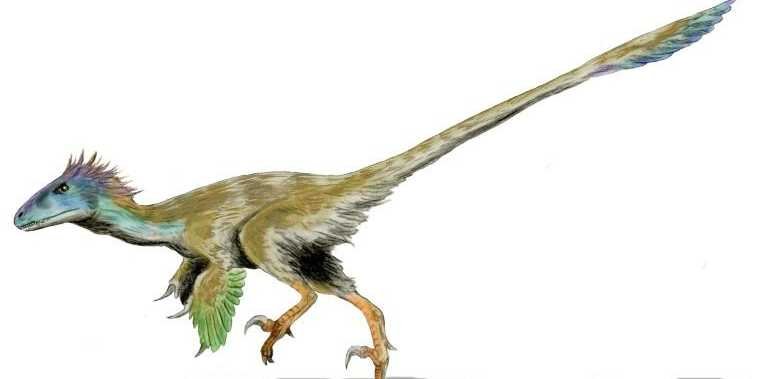
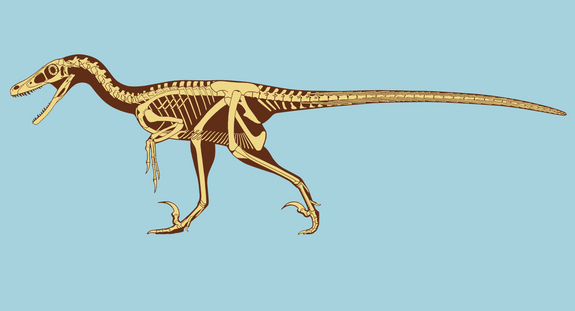
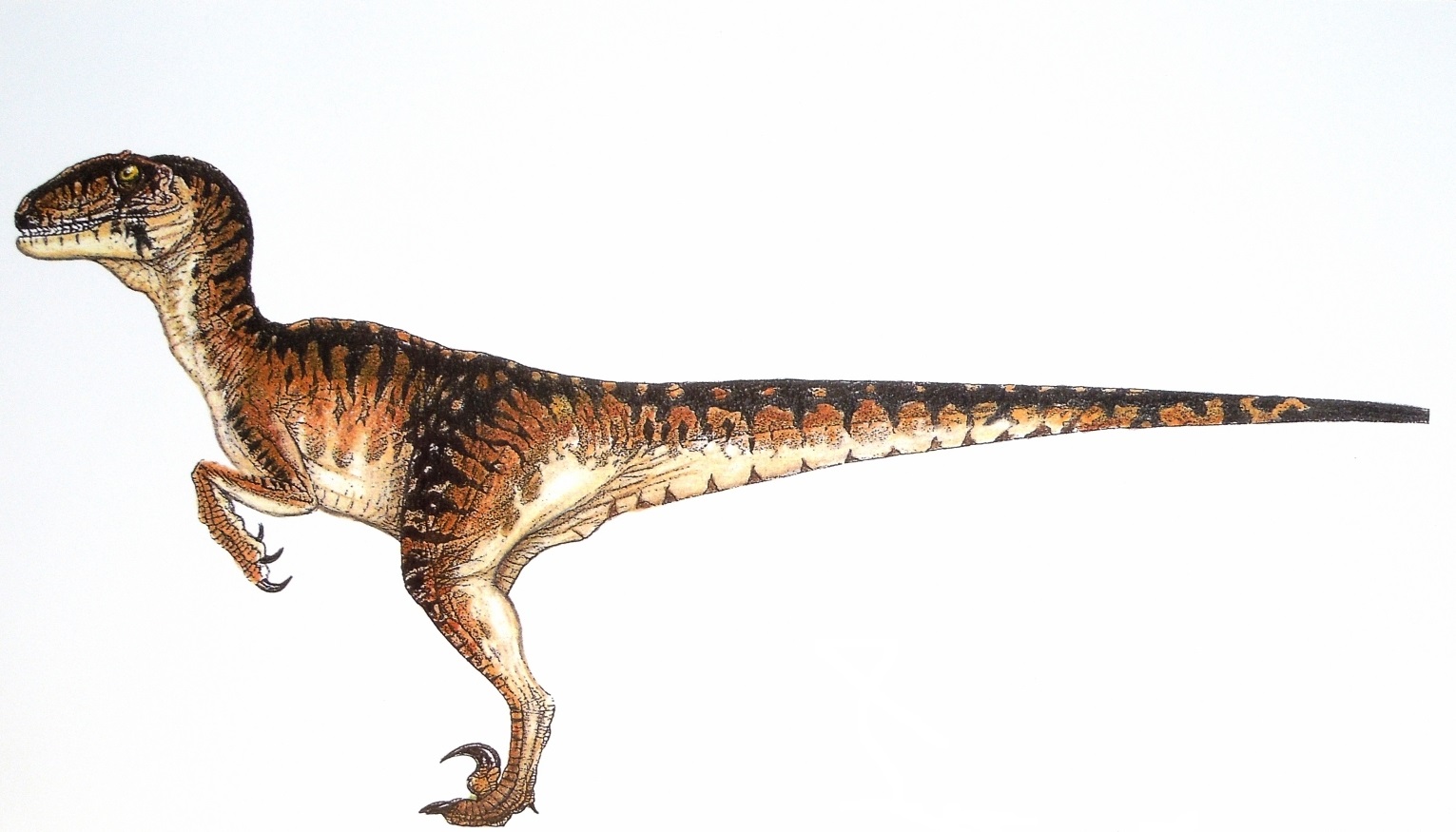
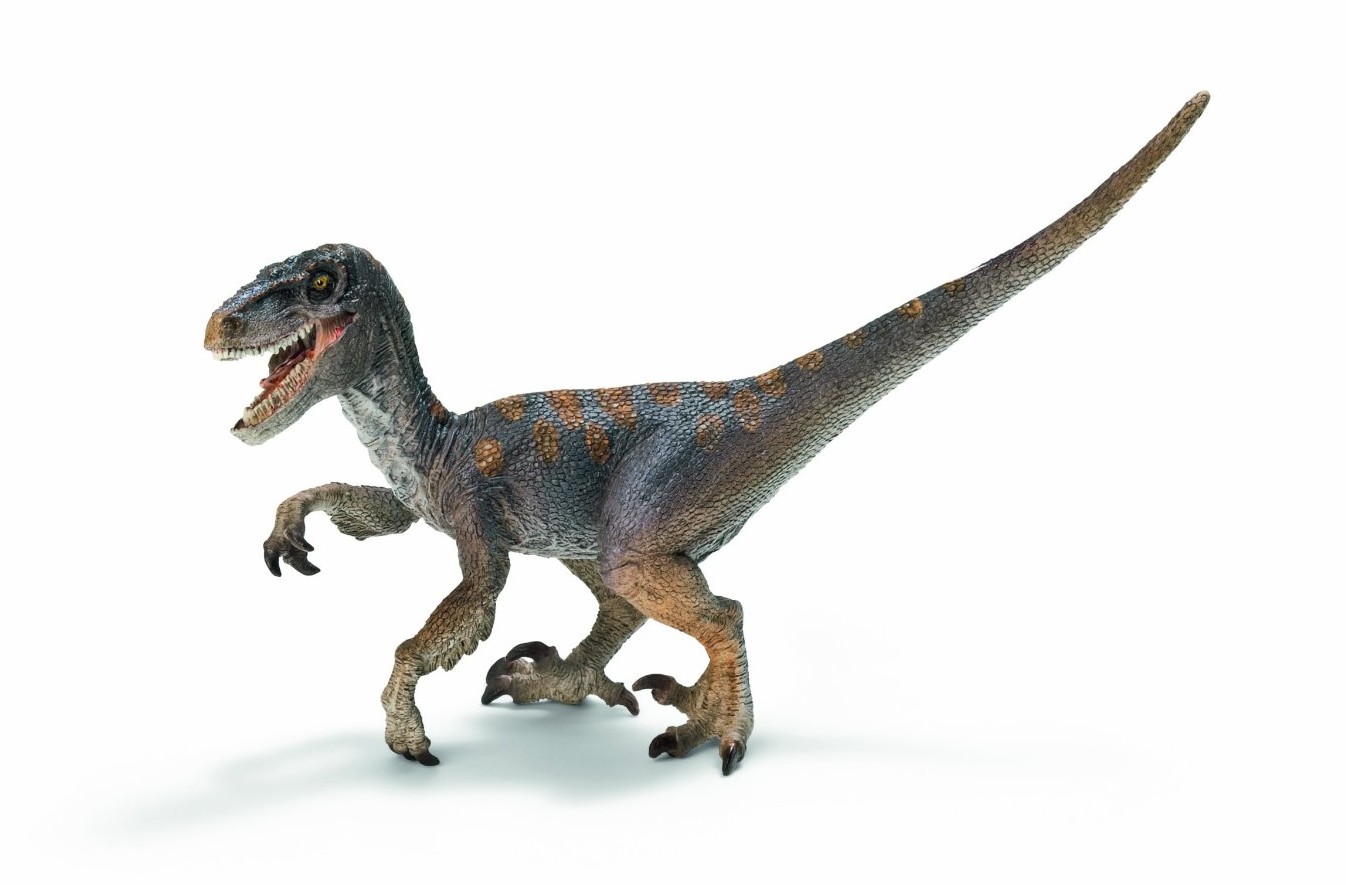
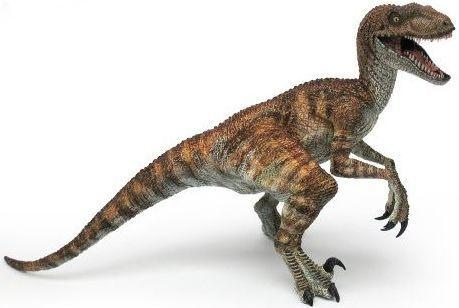
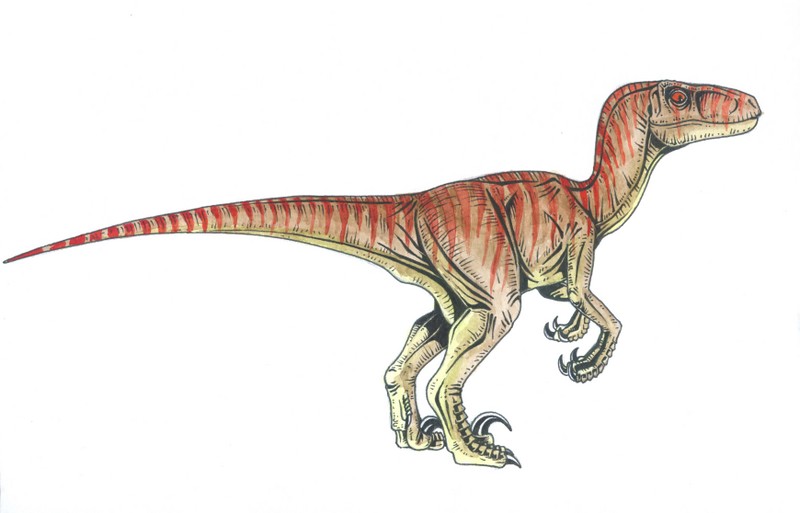
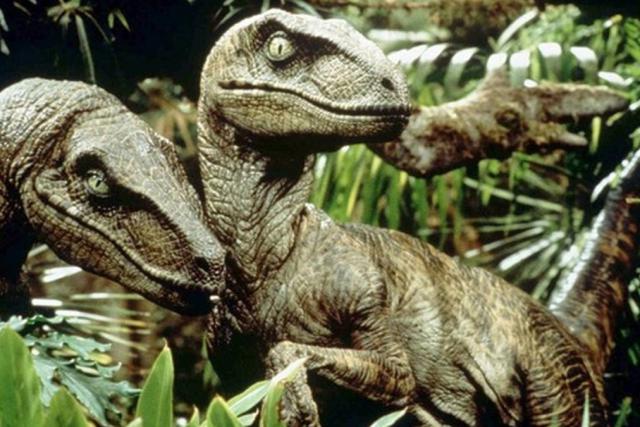
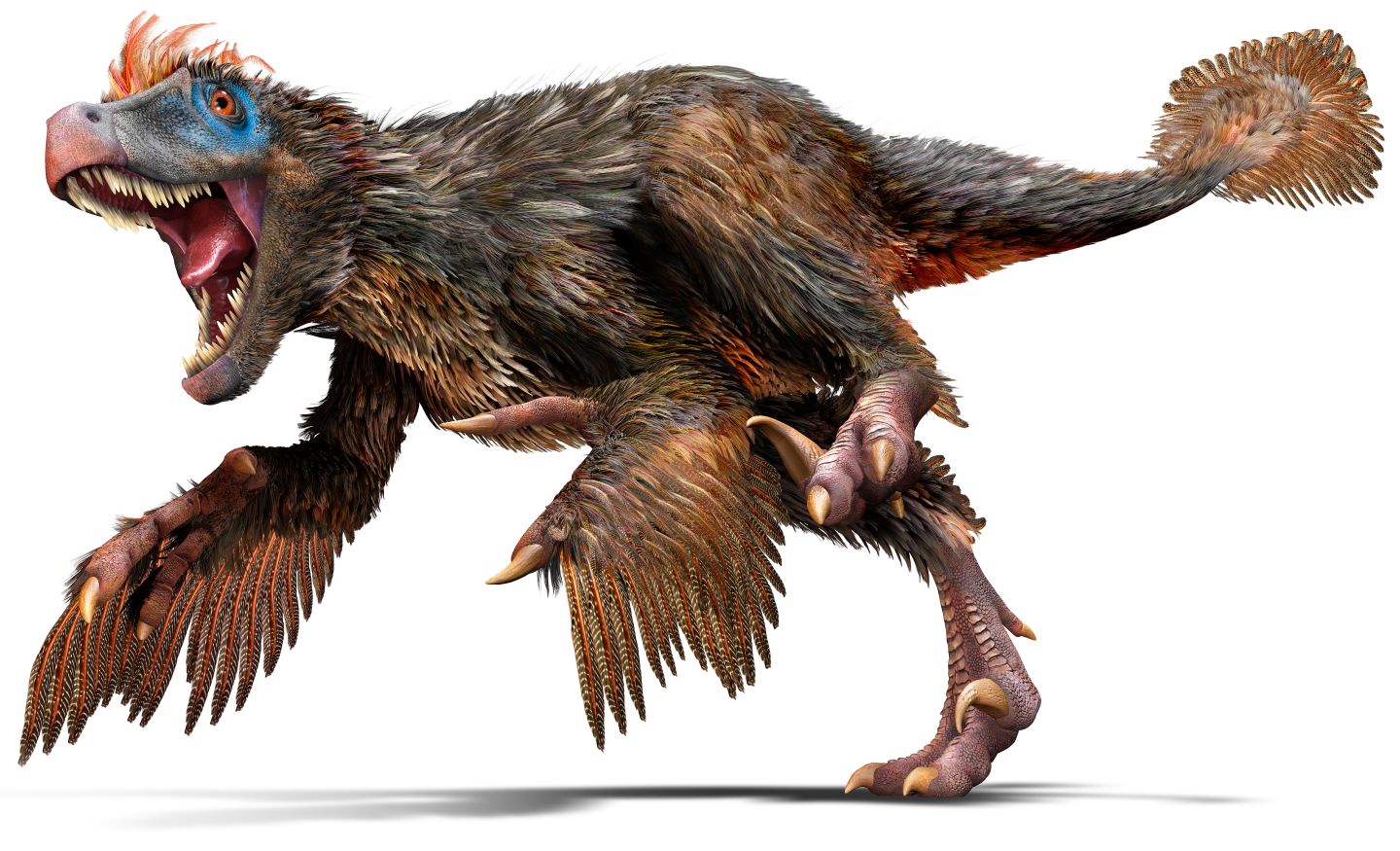
 Animalia Life
Animalia Life